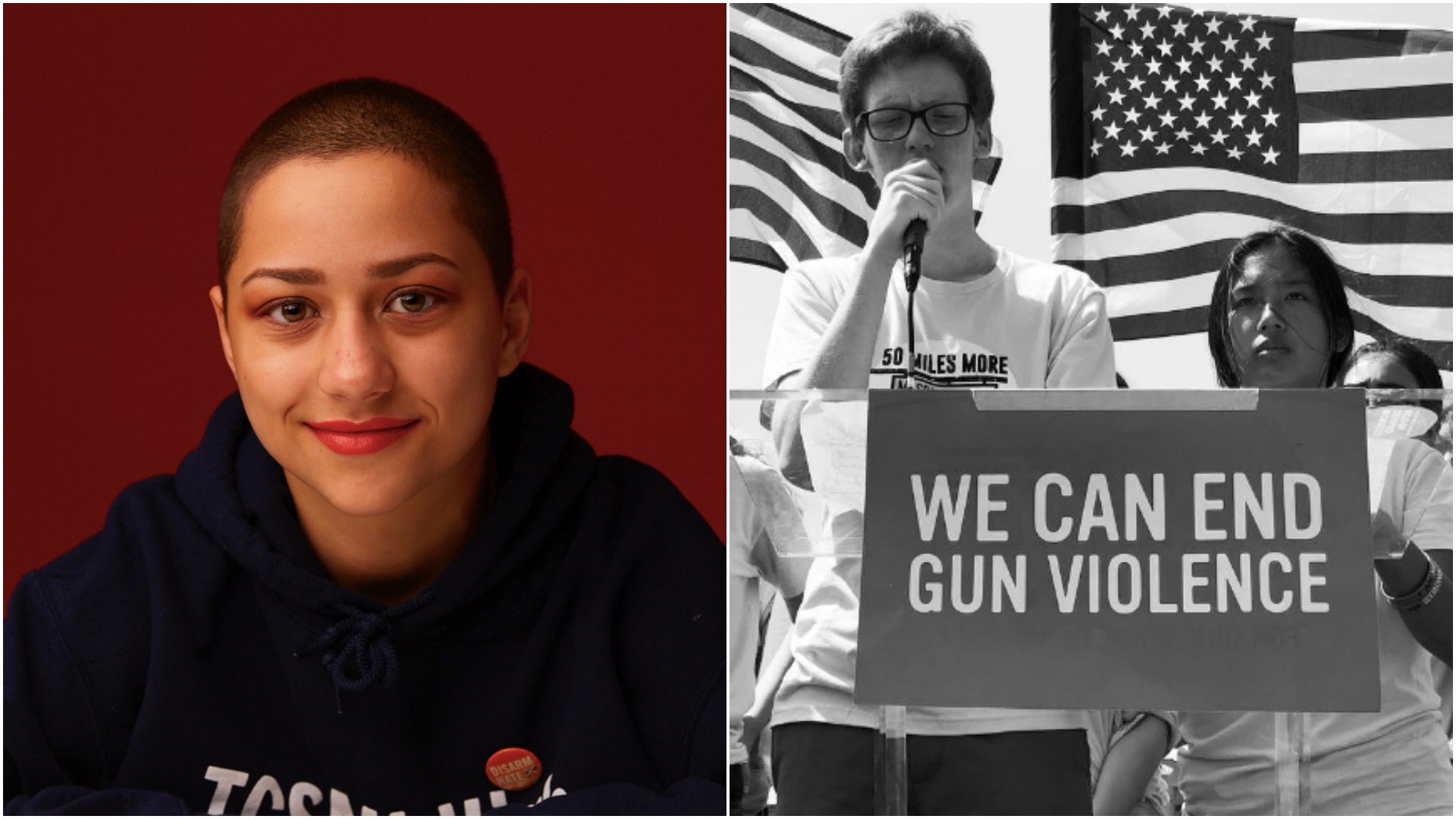Ten days ago, Taylor Swift broke her silence and surprised her 112 million Instagram followers with a politically-driven Instagram post urging them to vote. “So many intelligent, thoughtful, self-possessed people have turned 18 in the past two years and now have the right and privilege to make their vote count,” she wrote, even going so far as to share the Democratic candidate she was supporting.
The post, which has over 2 million likes, caused an immediate spike in voter registration. In just 24 hours, nearly 65,000 Americans ages 18 to 29 registered to vote. Much like Swift, young people around the country have been using social media platforms to talk politics and mobilize their peers before the upcoming midterm election.
“Taking up space on platforms like Twitter and Instagram… it says that we have become an active rather than passive portion of the American electorate,” said Jordan Yunker, a 22-year-old student activist and organizer working to get her peers registered to vote in Michigan.
Following the 2016 presidential election, many were questioning what role social media played in politics. People worried about what social networks, which are plagued by things like fake bot accounts and trolls, are doing to the country’s political discourse. But, young people have found that these online platforms offer them a unique space where they can have their voices heard — especially on topics like politics.
“Before I knew the power of social media, I used to go on rants and share other people’s rants about the latest political fiasco,” said Zila Sanchez, a 20-year-old college student and campus organizer for a voting advocacy group in North Carolina. “I didn’t know my posts have the power to reach people who want to learn more about our political environment. Now, I understand sharing through social media is a legitimate way to spark an entire movement.”
Using social media to talk politics is nothing new in the digital age — there were nearly 40 million tweets sent about the presidential election on election day in 2016 — but young people are using these platforms in a new way. They are using their timelines to tweet to their representatives, share their personal stories, and mobilize their peers, ultimately driving change with their keyboards.
Mari Copeny is an 11-year-old activist in Flint, Michigan, who has been using social media to raise awareness about the ongoing water crisis in her city, while 19-year-old Ziad Ahmed has been using his Twitter to bring attention to the race and immigration issues. The young activists behind the March For Our Lives, like David Hogg and Emma Gonzalez, have been incredibly active online, sharing voter registration information and other political news on a daily basis to their thousands of followers.
Recently, Gonzalez has been using her Twitter to share information about voter registration ahead of the midterms.
“Beyond the memes and lifestyle gurus, social media has become a way for people to get personal about the issues directly affecting them and the those around them,” explained Gonzalez. “The ultimate benefit of going online and getting really personal about social issues is it can bring the humanity to topics some people couldn’t otherwise connect with.”
“I heard fireworks in Central Park and thought that it was someone shooting. Why is that a thought I know so many of us have? Why do our politicians refuse to take action? Who is alive right now that won’t be by sunrise due to the inaction of our politicians? We must #VoteThemOut,” Hogg, who survived the mass shooting at in Parkland in February, wrote. His tweet was shared nearly 30,000 times.
“It really and truly, in the most literal sense is grassroots organizing,” explained Aleigha Cavalier, the communications director at the nonprofit NextGen America. “It is the same thing as if you were going to walk outside and start knocking on doors, they are just knocking on virtual doors through their smartphones.”
Social media posts like Hogg’s have had a huge impact on informing and reaching young people around the country in a way other mediums have not been capable of.
“I think social media is great because it is something that young people are already using,” Cavalier added. “Our organizers already have a built in following of people they are interacting with on a daily basis that other political organizations might not be able to reach. If one of our organizers has 3,000 followers on Instagram and they put up a picture that says here is the link to go register to vote, it is a really really easy way to reach that many people.
NextGen America is running what they believe to be the largest youth vote program in history, by aiming to register and mobilize 250,000 young voters with the help of social media and the #youthvote. So far, #youthvote has been shared over 50,000 times on Twitter.
“I think young people, just by sheer presence and persistence [are owning this] space by speaking and shouting into it,” said Yunker. “In this space we are saying ‘We’re here!’ You will not manipulate us…”
